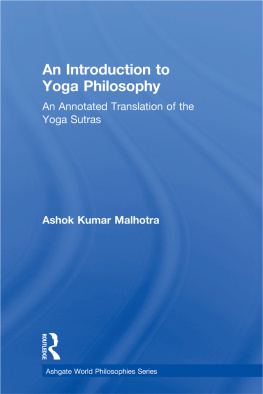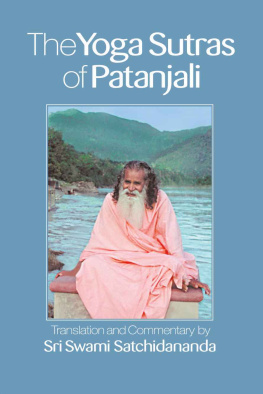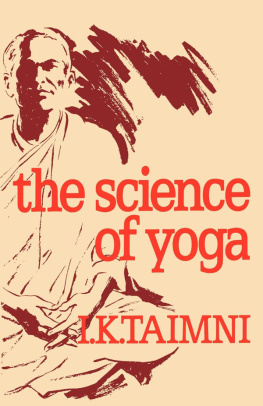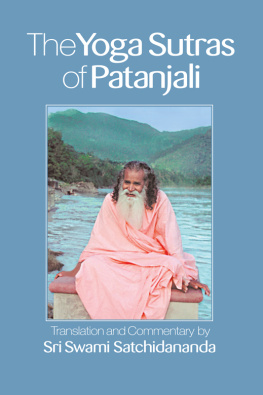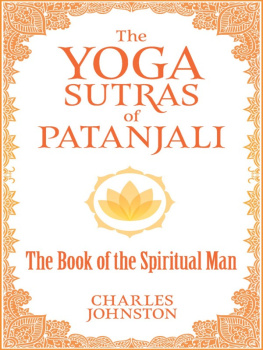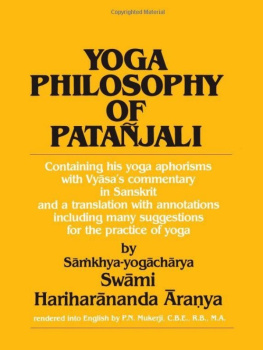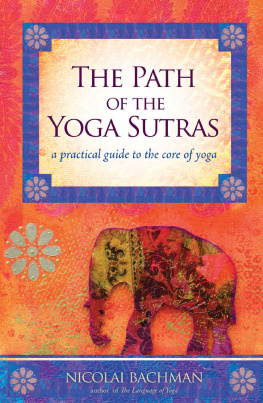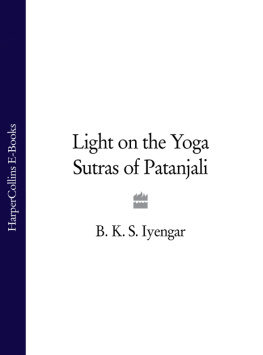The Ashgate World Philosophies Series responds to the remarkable growth of interest among English-language readers in recent years in philosophical traditions outside those of 'the West'. The traditions of Indian, Chinese, and Japanese thought, as well as those of the Islamic world, Latin America, Africa, Aboriginal Australian, Pacific and American Indian peoples, are all attracting lively attention from professional philosophers and students alike, and this new Ashgate series provides introductions to these traditions as well as in-depth research into central issues and themes within those traditions. The series is particularly designed for readers whose interests are not adequately addressed by general surveys of 'World Philosophy', and it includes accessible, yet research-led, texts for wider readership and upper-level student use, as well as research monographs. The series embraces a wide variety of titles ranging from introductions on particular world philosophies and informed surveys of the philosophical contributions of geographical regions, to in-depth discussion of a theme, topic, problem or movement and critical appraisals of individual thinkers or schools of thinkers.

Dr Ashok Kumar Malhotra SUNY at Oneonta
An Introduction to Yoga Philosophy
An annotated translation of the Yoga Sutras
ASHOK KUMAR MALHOTRA SUNY at Oneonta
First published 2001 by Ashgate Publishing
Published 2017 by Routledge
2 Park Square, Milton Park, Abingdon, Oxon OX14 4RN
711 Third Avenue, New York, NY 10017, USA
Routledge is an imprint of the Taylor & Francis Group, an informa business
Copyright Ashok Kumar Malhotra 2001
The author has asserted his moral right under the Copyright, Designs and Patents Act, 1988, to be identified as the authors of this work.
All rights reserved. No part of this book may be reprinted or reproduced or utilised in any form or by any electronic, mechanical, or other means, now known or hereafter invented, including photocopying and recording, or in any information storage or retrieval system, without permission in writing from the publishers.
Notice:
Product or corporate names may be trademarks or registered trademarks, and are used only for identification and explanation without intent to infringe.
British Library Cataloguing in Publication Data
Malhotra, Ashok Kumar, 1940
An introduction to yoga philosophy: an annotated
translation of the Yoga Sutras. - (Ashgate world
philosophy series).
1. PatanjaliYoga Sutras. 2. Yoga
I. Title.
181.4'52
US Library of Congress Cataloging in Publication Data
Patajali.
[Yogasutra. English.]
An introduction to yoga philosophy: an annotated translation
of the Yoga Sutras / Ashok Kumar Malhotra.
p. cm. Includes bibliographical references.
ISBN 0-7546-0524-8 (Hbk) - ISBN 0 7546 0564 7 (Pbk) (alk. paper)
1. Yoga-Early works to 1800. I. Malhotra, Ashok Kumar, 1940-. II. Title.
B132.Y6P313 2001
181'.452-dc21 181'.452-dc21
2001022060
Typeset in Times Roman by Manton Typesetters, Louth, Lincolnshire, UK.
ISBN 13: 978-0-7546-0524-9 (hbk)
ISBN 13: 978-0-7546-0564-5 (pbk)
To all those students of the State University of New York at Oneonta
who have devotedly studied Yoga with me during the past twenty-five years and to Zach, a high school student, whose love for the Star Wars films inspired me to add the section on Yoga and Yoda
Contents
Guide
Yoga has been with us for at least 2,500 years. As the present century opens with the dawning of the new millennium, Yoga's popularity has picked up speed as never before. People of all ages are drawn to it for reasons of physical health, mental contentment and spiritual enrichment. Yoga has stood the test of time because those who have indulged in it have received many beneficial results. It is an unusual system of physical and mental fitness, which benefits the person, without any harmful effects. Moreover, it is unique because its practice ranges from very simple to extremely complex exercises, which vitalize every aspect of the human body, mind and spirit. Its technique is available to anyone whether the individual is a supple child or an ageing adult. Since throughout the ages athletes, singers, artists, scientists, philosophers, actors, politicians, workers and even soldiers have benefited from its practice, it is no wonder that Yoga has earned a reputation as a holistic system whose goal is the perfection of the complete person.
Most people who are attracted to Yoga's promise of personal improvement and well-being are bogged down by its complexity and therefore settle for a superficial knowledge of it. Others, who have a genuine desire to unravel the mystery of the discipline, find that a vast majority of translations of the original text of the Yoga Sutras are either incomprehensible or written in a language that is incommensurate with the abilities of the present day reader. When I was growing up in India and studied the text under the tutelage of a guru, he presented its content to the class as if it were written for undergraduate students. The teacher made no attempt to suggest that there was anything esoteric about the substance of the text. Learning the Yoga Sutras in this fashion was an exciting venture.
For the past twenty years, while teaching Yoga to undergraduate classes in the United States, I have found that students are definitely excited to probe into the core content of the Yoga Sutras. What slows them down is the fear that since it is an old text, written in an ancient language and translated into incomprehensible English, it will be inaccessible to them. Though the desire to delve deeper into its content is there, the apprehension of not grasping its true meaning discourages the student from taking up the exhilarating challenge of studying the text. To bring back this excitement to the reading and comprehension of the Yoga Sutras, I have written this book in a language that captures the essential ideas of the text in words and phrases that are easily understood by undergraduate students as well as the general reader.
The format of the book is simple. The first part presents the multidimensional aspects of Yoga by locating its proper place among the disciplines of philosophy, science and psychology. It also includes the popular versions of Yoga in the West. The second part offers a new rendition of the text of the Yoga Sutras in a language that is straightforward and comprehensible to undergraduate students. Every effort is made not to use words and phrases which will hinder the smooth reading of the text. In this part, short commentaries are presented to highlight the meaning of various statements (Sutras). Rather than explain the significance of each statement (Sutra), commentaries are offered on groups of related statements (Sutras) because of their coverage of common themes. The third part of the book presents Yoga's connection to health by comparing Yoga's holistic view of healing with the limited perspective of medical science. Furthermore, this part describes the practical aspects of Yoga through a guided tour of physical, breathing, relaxation and meditation exercises. A number of basic exercises are described so that a student with or without any background in Yoga can practise them. The fourth part compares the basic ideas of Yoga, the epic Ramayana and the Bhagavad Gita to the underlying philosophy of the Star Wars films. It reveals parallels between the idea of consciousness and the force, the qualities of the Yogi and Yoda, and the rigorous training of Yoga students and Jedi Knights.

